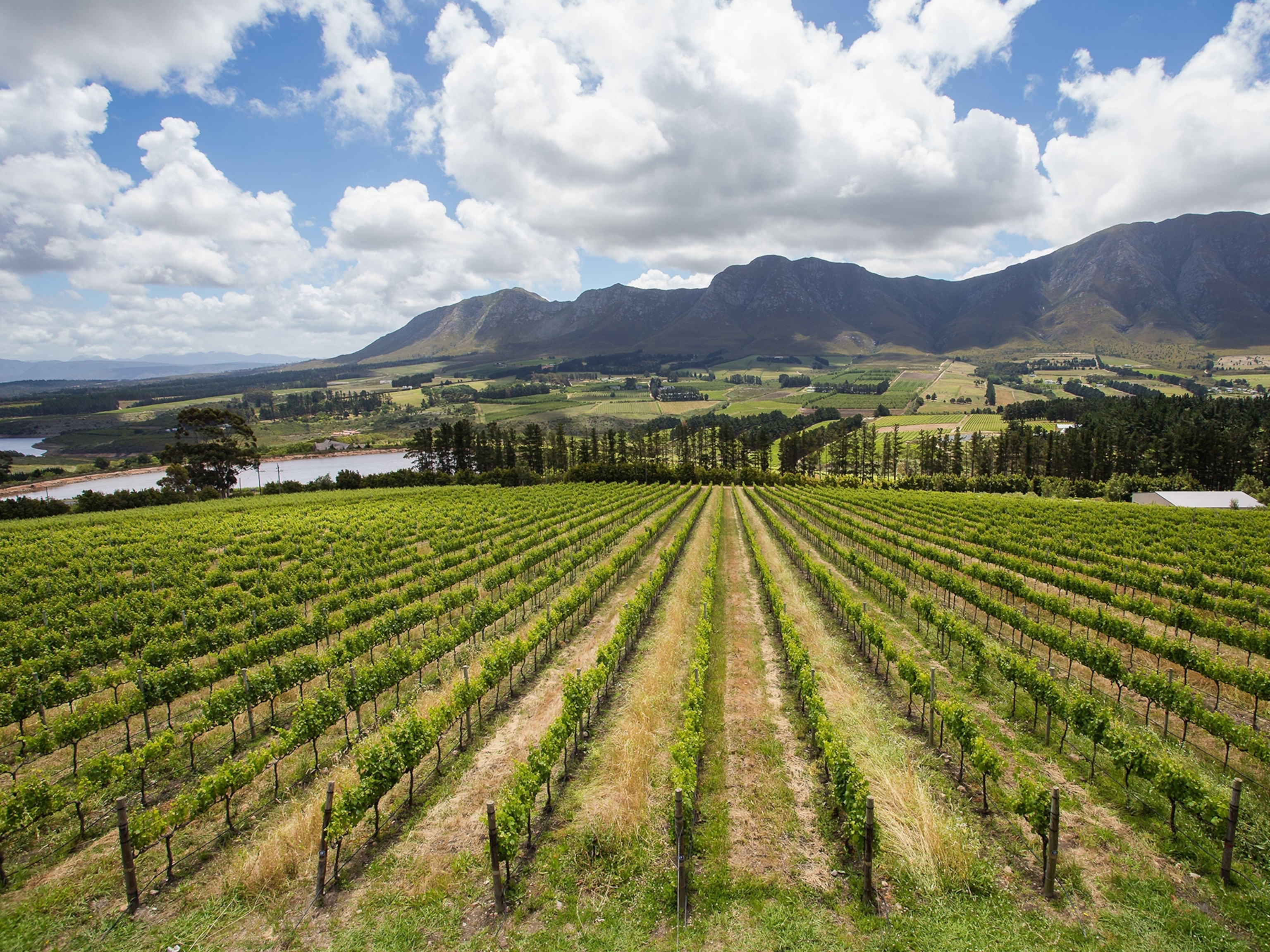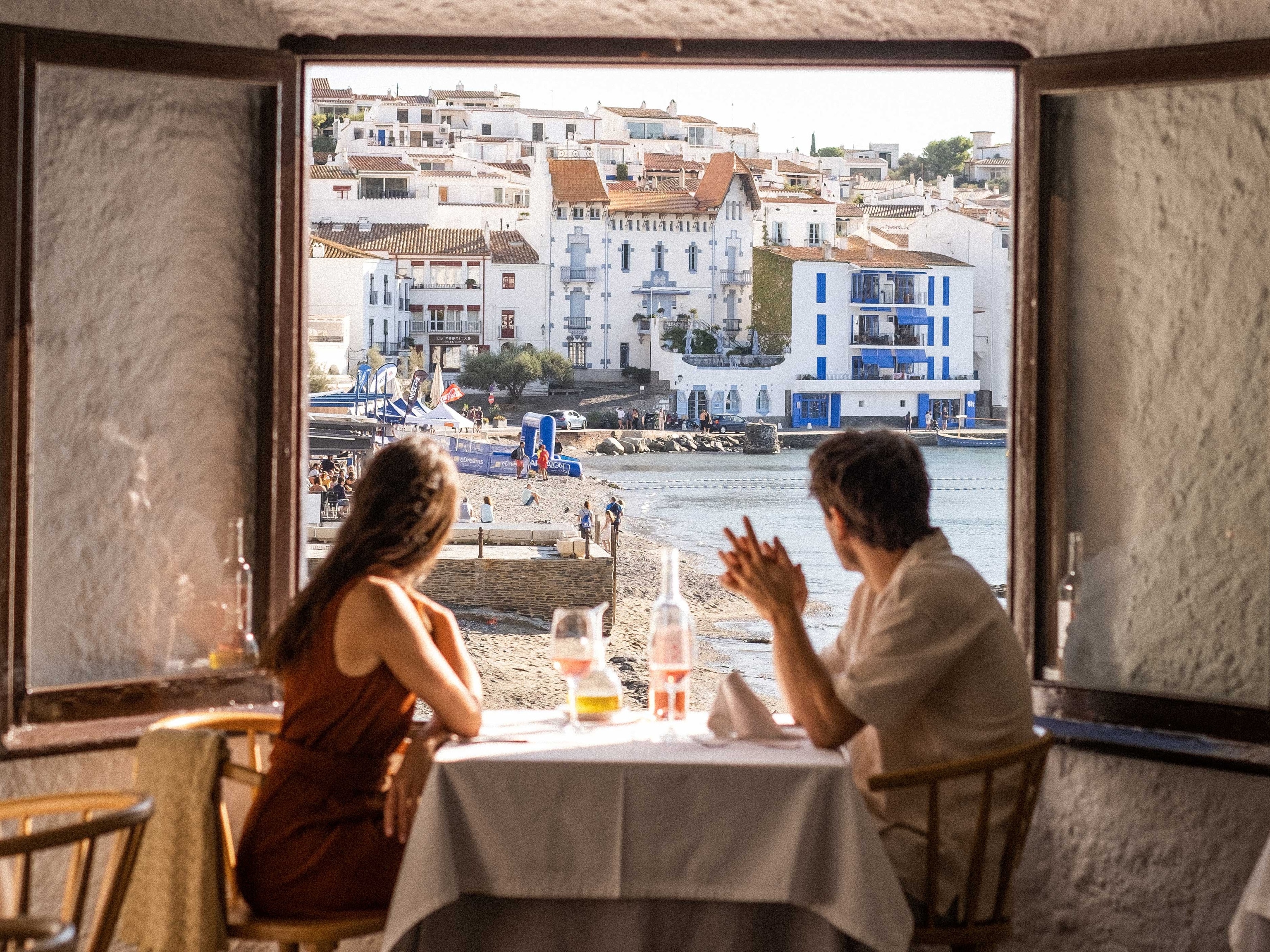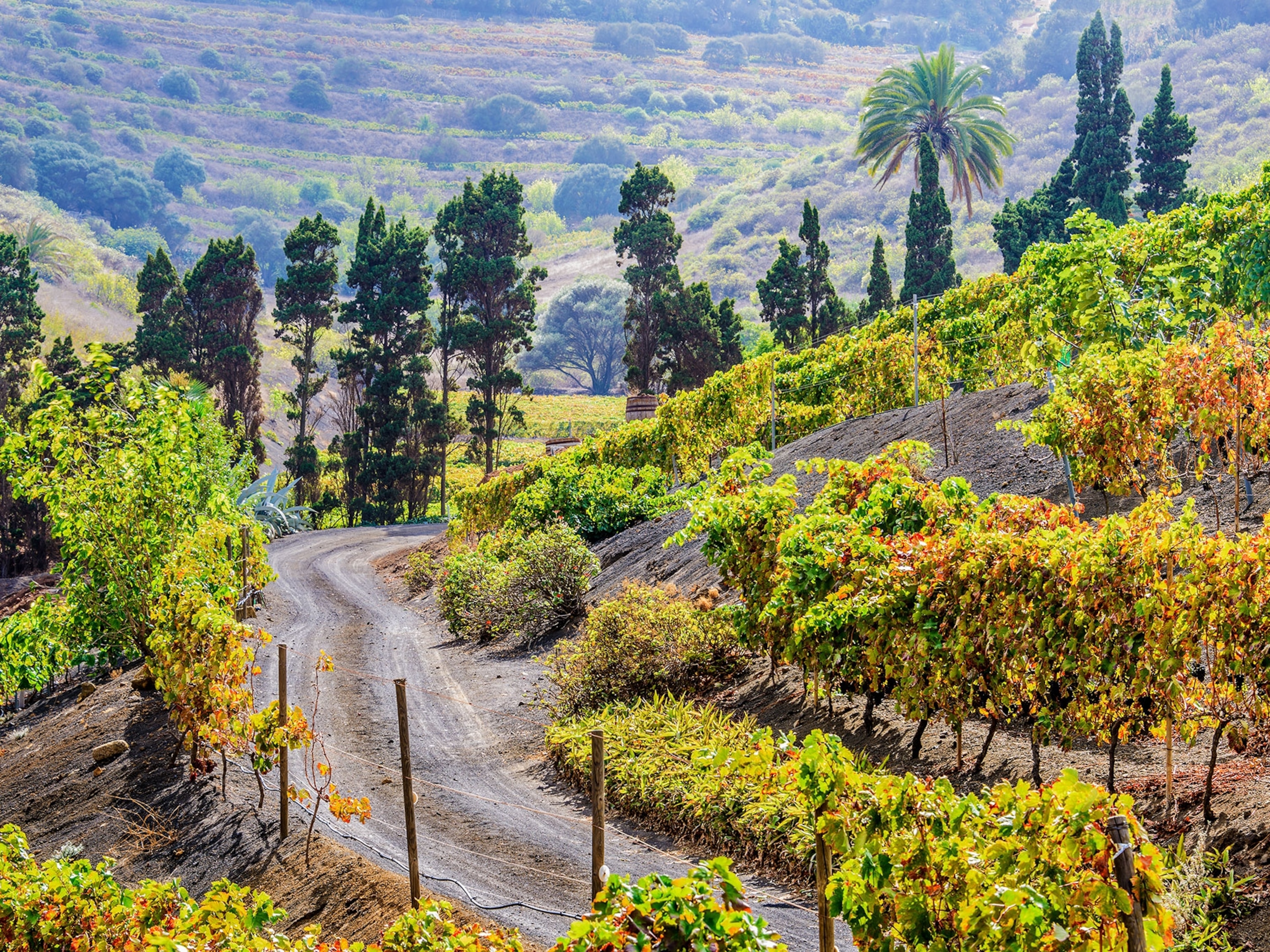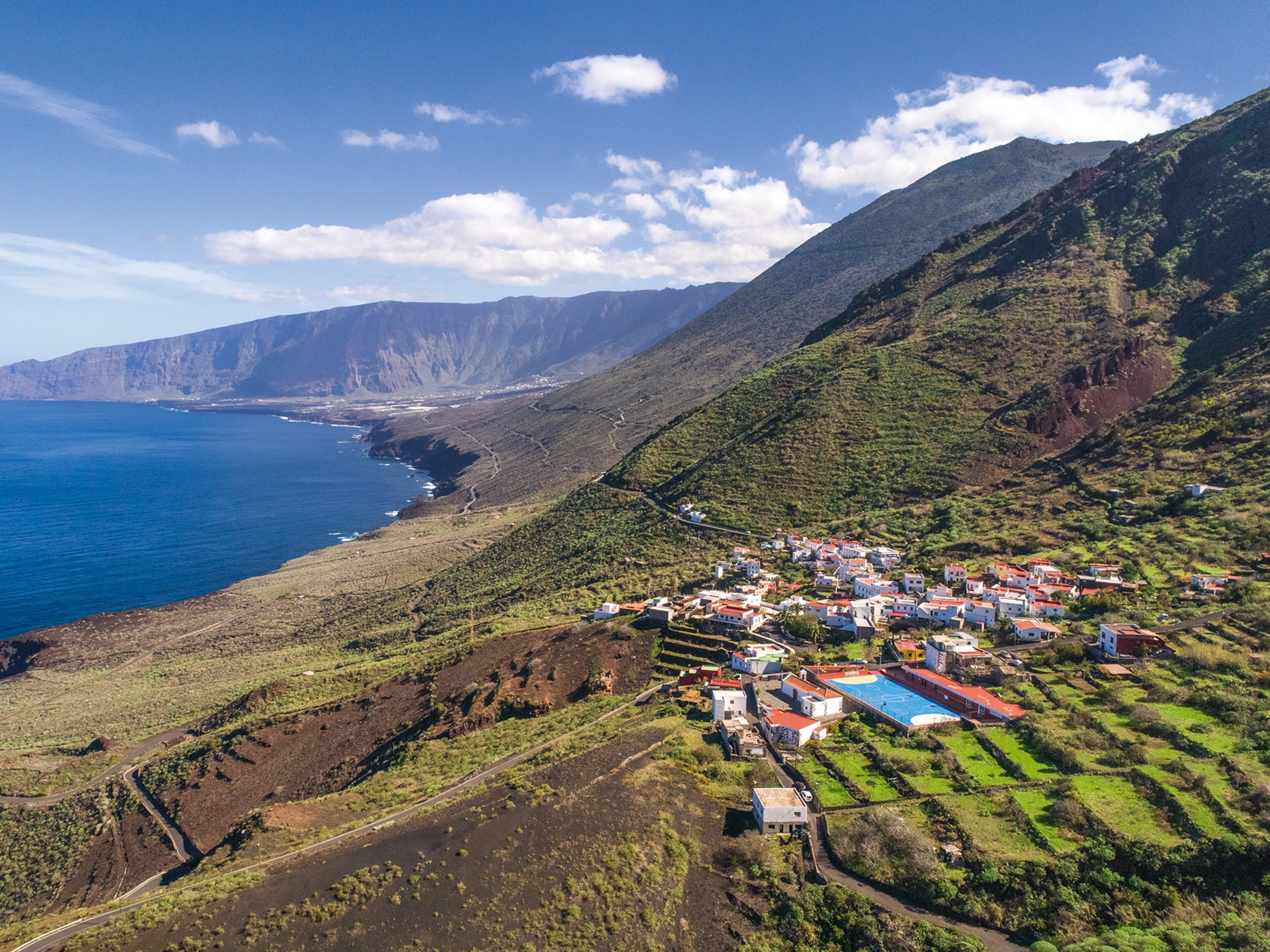The unexpected wine country you need to visit: New Mexico
Hispanic and Native American wine producers cultivate vineyards at high altitude and on desert plains in this southwestern state, making for some unique cellar-door visits.
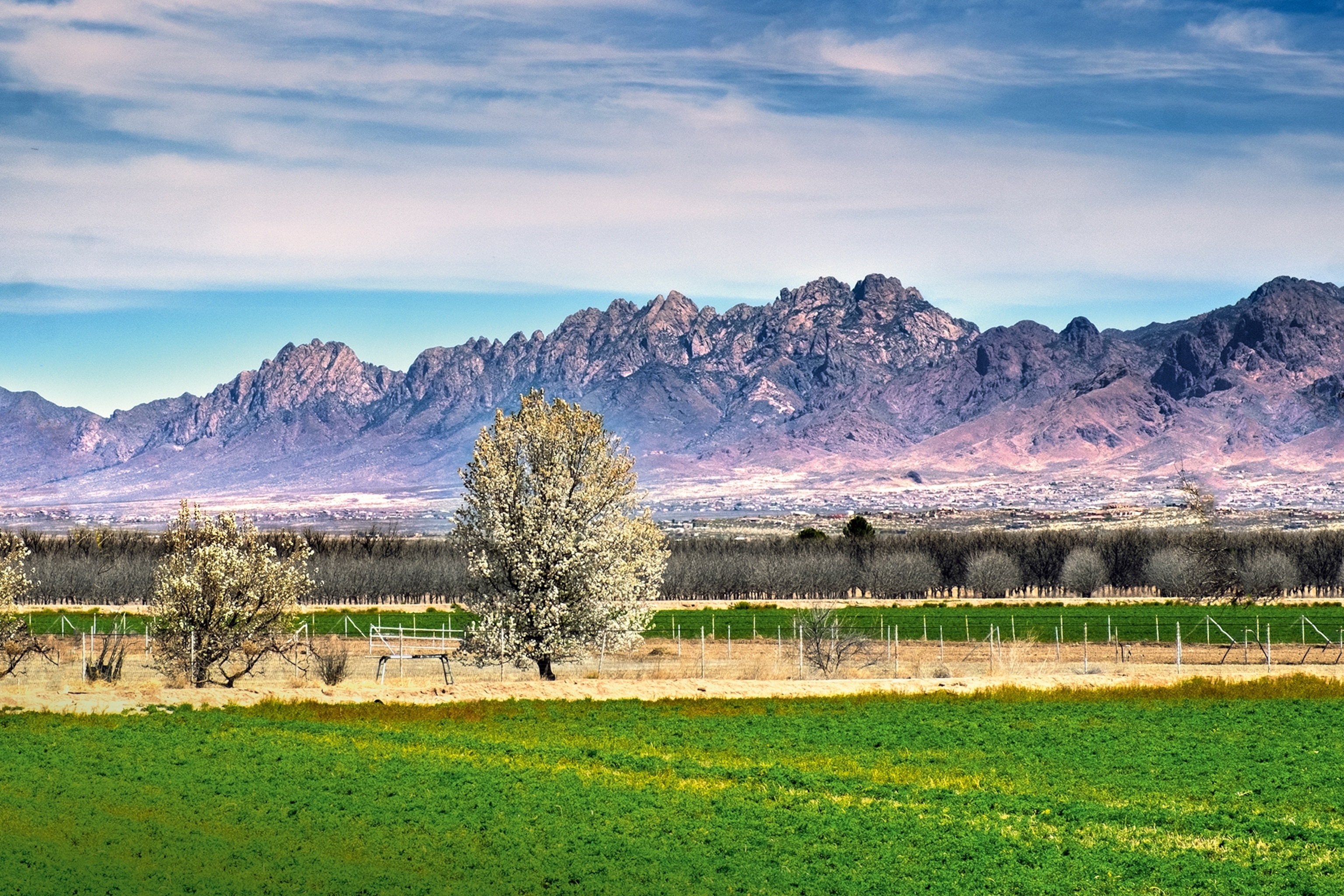
Framed by the Sangre de Cristo Mountains in the north and the Chihuahuan Desert in the south, the US’s fifth-largest state is a land of rolling sand dunes, prehistoric petroglyphs, fairytale caves and dormant volcanoes. Equally as diverse as the topography is the culture, which reflects the history of the Indigenous, Hispanics and Anglo Americans who have coexisted in New Mexico for centuries. You’re most likely to first encounter this diversity through the cuisine — a bright and colourful melange of Native American, Mexican and Spanish flavours makes it one of the state’s biggest draws. But with fiery green chilli stew and billowing, fluffy frybread demanding attention, the story of one item at the table is easily overlooked: wine.

Long before Californians planted their first vineyards, New Mexico was growing grapes. A Native American pueblo just south of Albuquerque was the first recorded site of a vineyard in the state, established by two Franciscan monks in 1629. By 1880, more than 3,000 acres of vineyards were producing 908,000 gallons of wine, making New Mexico the fifth-largest wine producer in the country. Over the next century, New Mexico’s wine production declined due to a series of devastating floods, coupled with the rise of competitors like California. Wineries began resurfacing in the 1970s and by the new millennium, New Mexico was producing nearly one million gallons of wine. The industry has continued to grow ever since — yet it remains little known among international wine-lovers.
That’s partly because very few of New Mexico’s 56 wineries export overseas. Around 85% are small businesses, producing fewer than 7,000 cases a year. This makes tasting New Mexico’s wines an experience worth travelling for. Winemakers here take pride in the personal touch they bring to cellar door experiences, even as the industry continues to grow — informal conversations around a glass of wine make tasting sessions feel like you’re being hosted in someone’s home. Community spirit among the winemakers is strong, too, thanks to the challenges of working in such remote, rugged environments.
(Love discovering unexpected wine regions? Meet Turkey’s Çal.)
Today, you’ll find wineries across the state’s vast range of ecosystems. The most prolific area is between Albuquerque and the Texas border, where the southern grape-growing regions of the Middle Rio Grande Valley and Mimbres Valley are home to 85% of the state’s wineries. Here, warm days and cool nights create ideal conditions for growing Italian varietals like Sangiovese and Montepulciano. The easiest place to try New Mexico’s wines is the state capital of Albuquerque, with its high concentration of tasting rooms around the Old Town Plaza and access to picturesque vineyards within an hour’s drive of the city.
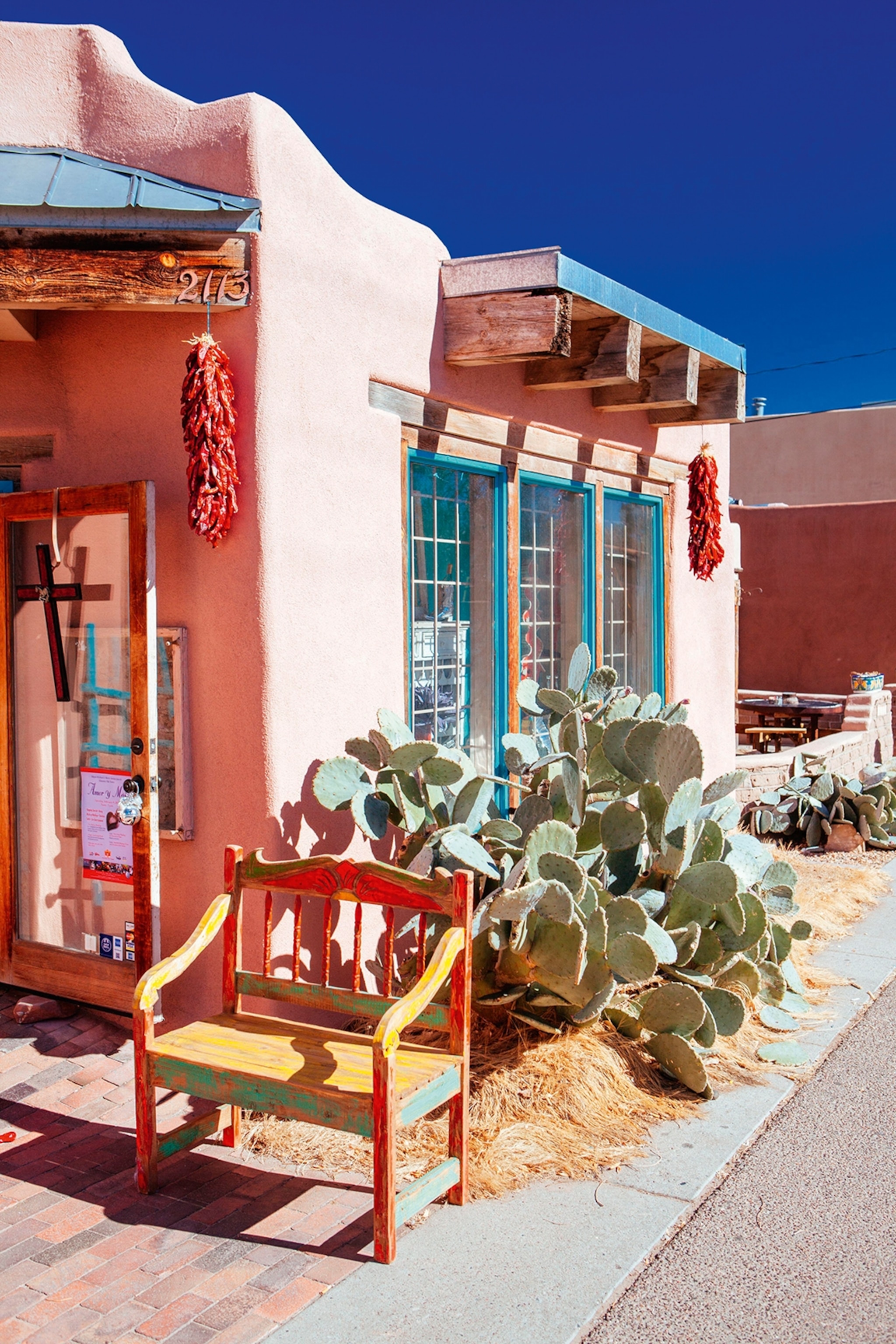
One of the most interesting winemaking regions is set around the town of Taos in the north, where travellers get to see first-hand the adventurous spirit of New Mexico’s winemakers growing grapes — such as Merlot and Riesling — at high altitude. Inhabited by Native Americans since 1450, Taos is today a hub for alpine sports enthusiasts and spiritual wellness seekers — but it’s also the ideal place for tasting the full-bodied, complex wines of New Mexico’s northernmost wine region. On the way there from Albuquerque, you’ll pass prehistoric adobe buildings, Native American pueblos and old Spanish settlements where wine grapes have been grown for centuries. As you climb from the desert to the mountains and notice the temperature drop, it’s not hard to imagine the obstacles wineries face at 7,000ft — frost kill, a shorter growing season and hail, to name just a few.
“Since New Mexico’s demographics are already diverse, the industry is diverse,” says Chris Goblet, executive director of New Mexico Wine, a nonprofit company working to promote and protect the state’s wine. New Mexico has one of the highest percentages of Hispanics in the US — 49.78% in 2024, according to the World Population Review — and travellers can see this reflected in the cellar door experience at local vineyards, where they can taste wines crafted by Native American, female and Hispanic winemakers.
You can savour Spanish slow-roasted pig at the rustic cellar door of Las Nueve Niñas Winery in the Sangre de Cristo Mountains, or sip wine while watching a flamenco performance in one of Vara Winery’s three contemporary tasting rooms — two in Albuquerque and one in Santa Fe. Elsewhere, while gazing out at the jagged peaks of Barrancos Blancos mountain from Vivác Winery in Dixon, visitors can taste the smooth, berry-forward chokecherry wine, made in partnership with Robert Mirabal, a Grammy Award-winning Native American musician.
(Meet the park rangers protecting the New Mexican wilderness.)
How to do it
To subscribe to National Geographic Traveller (UK) magazine click here. (Available in select countries only).


